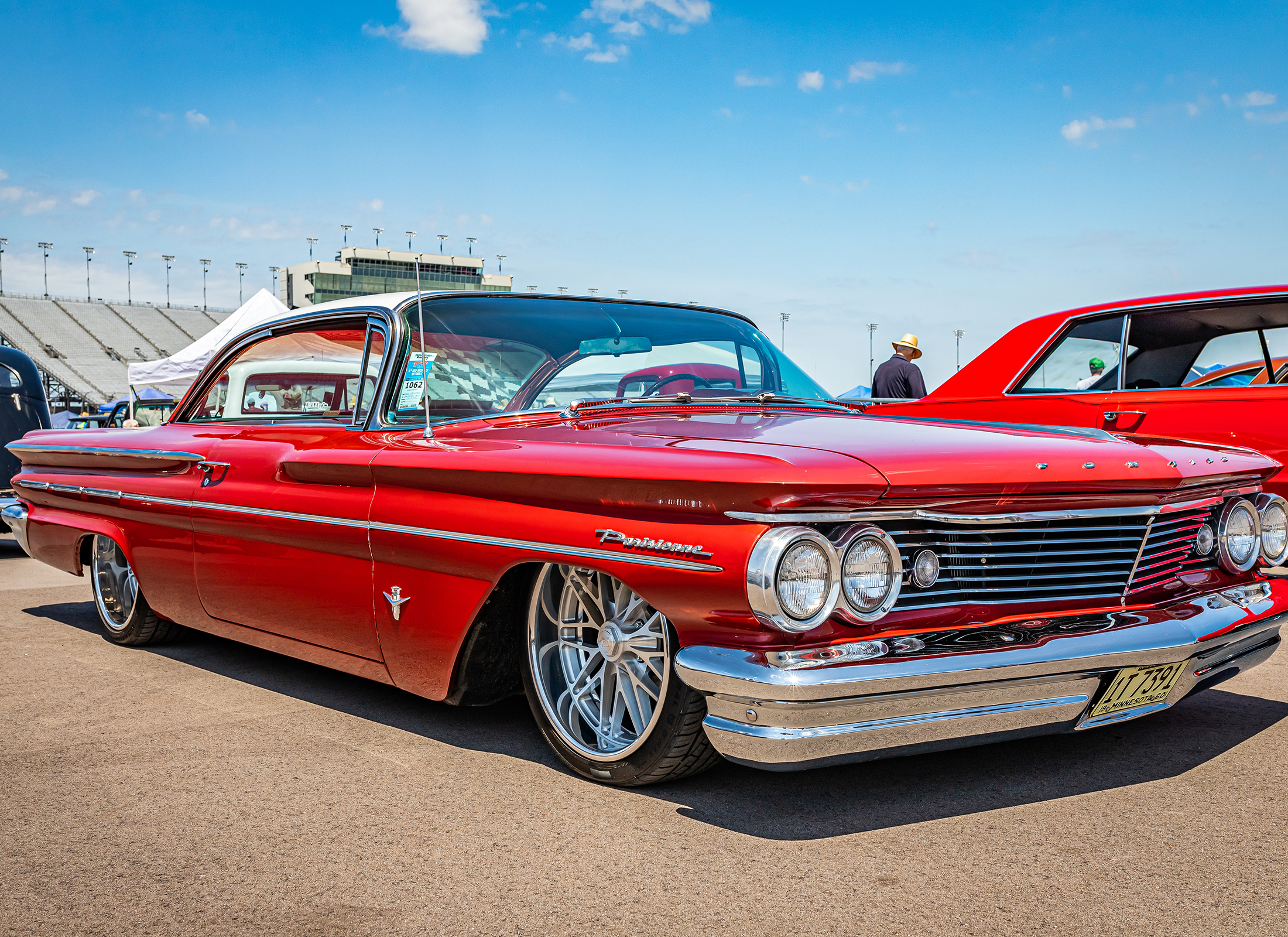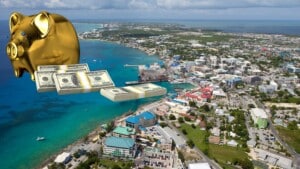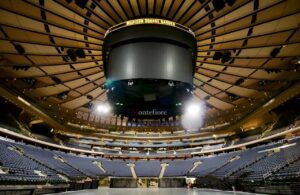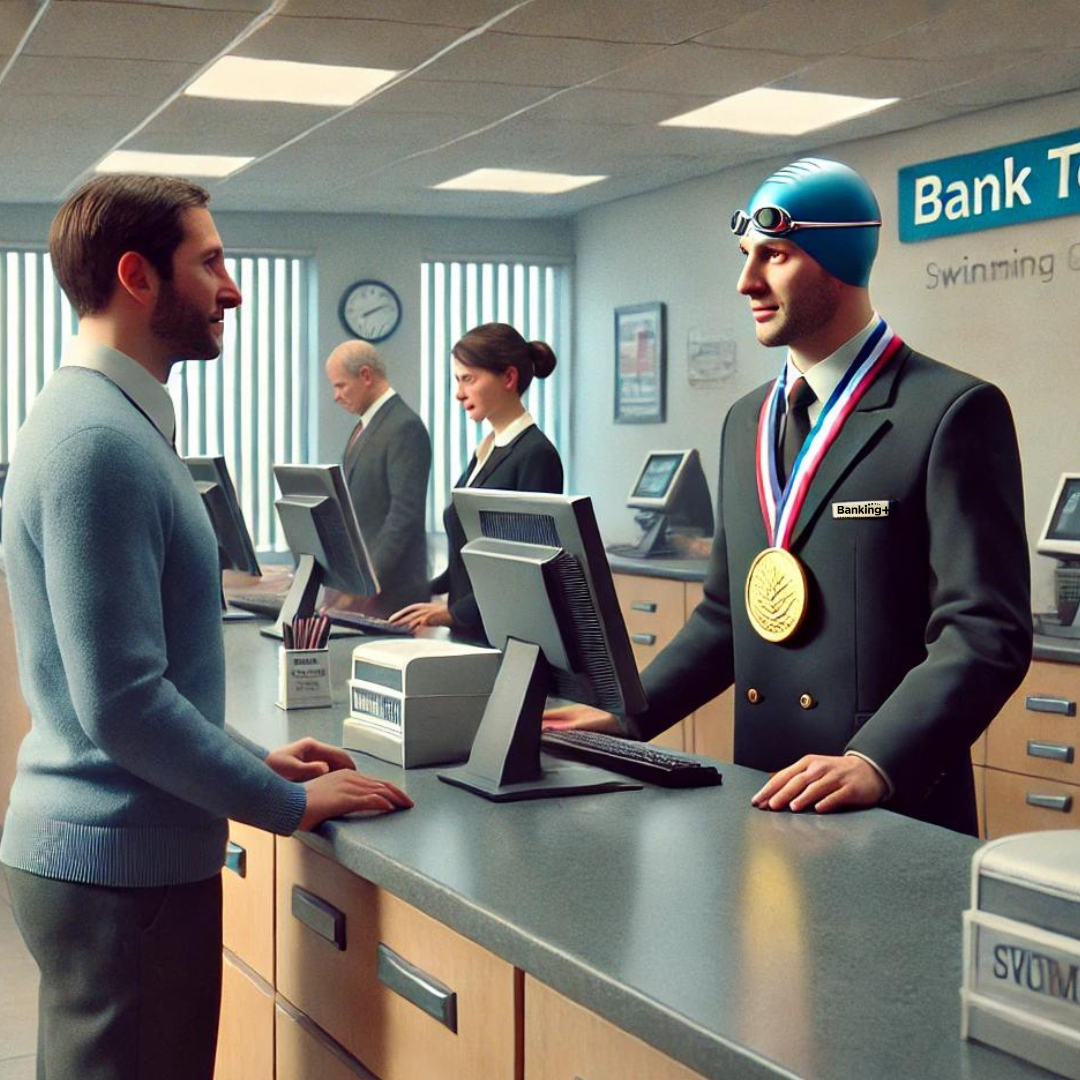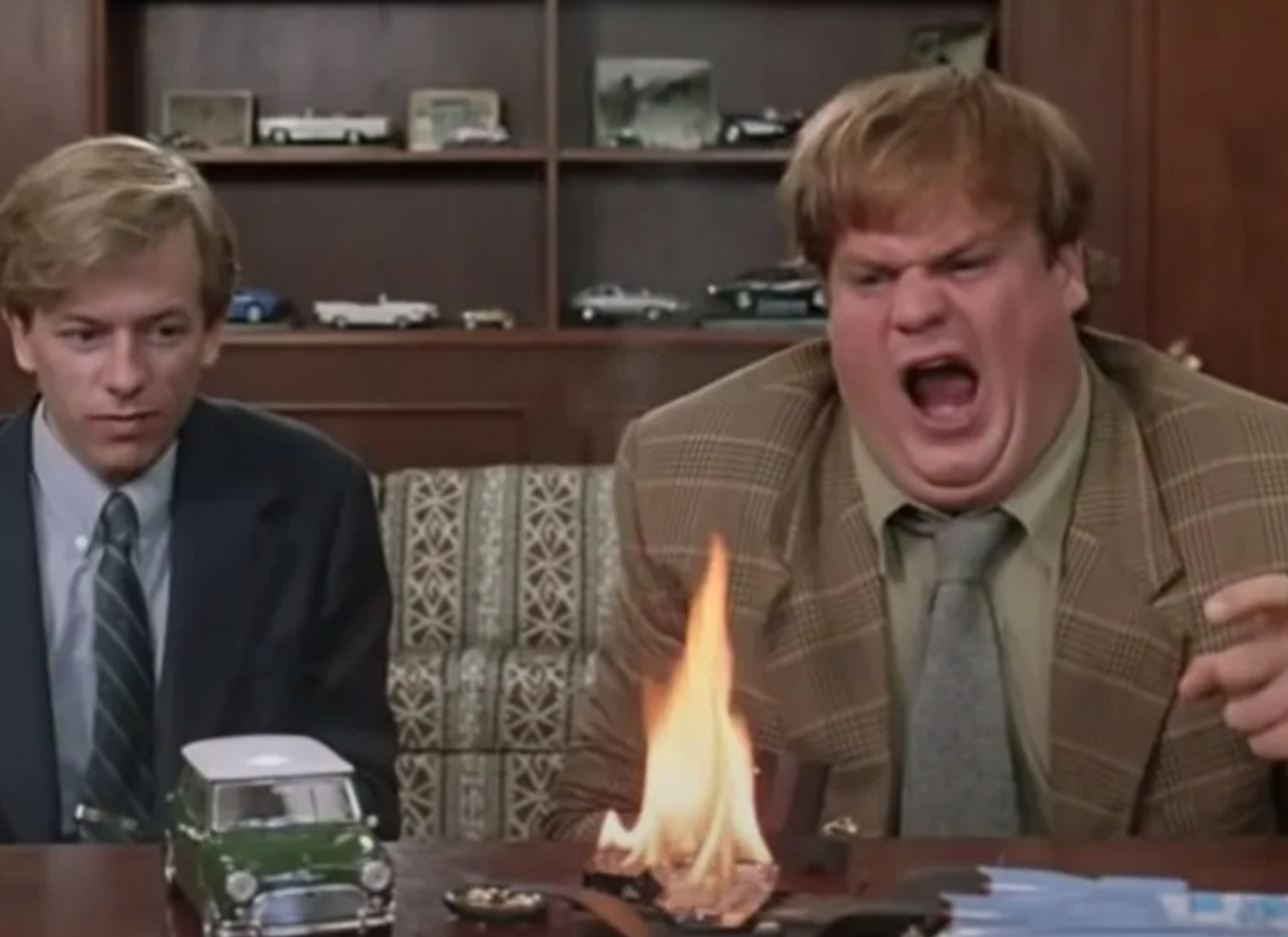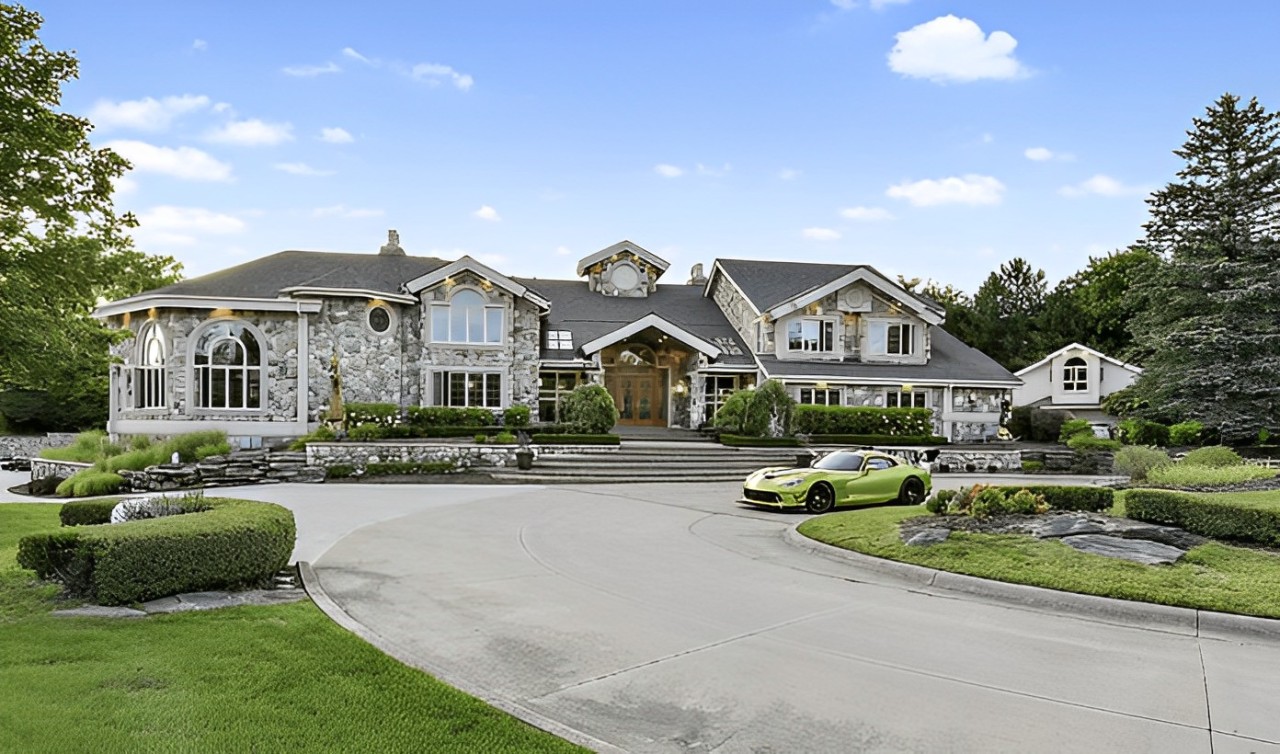Style in the U.S. in the 1950s had an overall futuristic look and feel, as space-age aesthetics began seeping into American consumer goods from children’s toys to adult fashions. Peter Nelson, in the Robb Report, profiled a distinct segment of this movement, the “dream cars” once exhibited by General Motors (GM).
Sleek and stylish at the time, these concept cars — on display at Los Angeles’ Petersen Automotive Museum — are now retro gems. They represent the age in consumer history when automobiles evolved from mere transportation into lifestyle statements.
1953 Pontiac Parisienne
This car was designed for a chauffeur to ferry female passengers in the rear seat. Opening the door triggers the front seat to automatically slide forward, enabling better entry for a rider in an evening gown or opera coat. The marketing materials for this model also cite rear vanity lights that provide the “flattering glow of candlelight.”
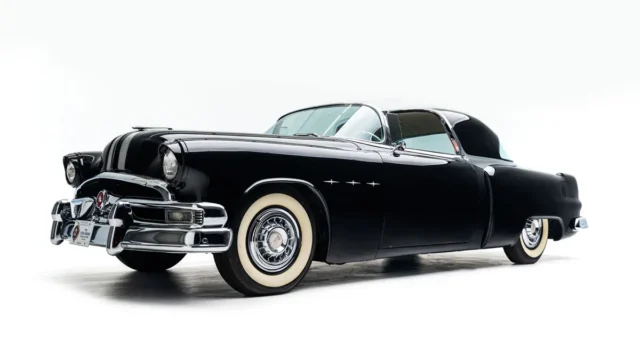
1953 Buick Wildcat
Positioned as one of the first performance-oriented cars from Buick, the Wildcat featured a unique brake cooling system. It relied on airflow resulting from the static front wheel hubs, a design element later copied in racing cars.
The bullet-shaped chrome on the front also had a purpose other than looks. It reshaped airflow as the Wildcat navigated roadways, making the car more streamlined.
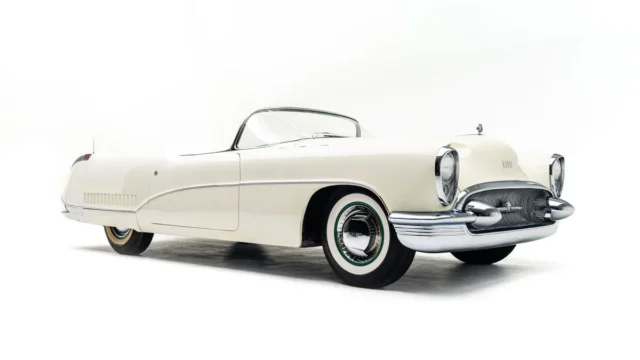
1954 Pontiac Bonneville Special
The sleek appearance of the Bonneville Special puts it right in line with the mid-1950s space-race aesthetic. The bubble top and long, slender body were decidedly futuristic. And the interior’s instruments were installed after being repurposed from an airplane salvage yard for a jet-fighter vibe.
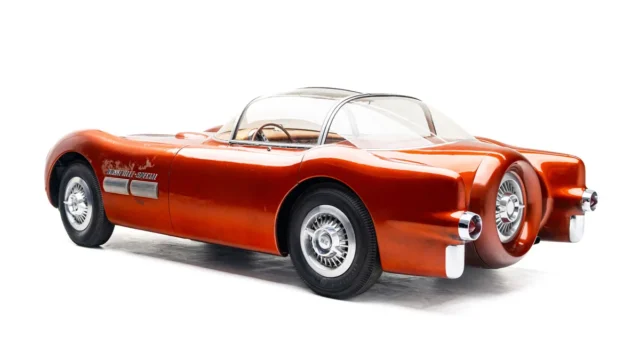
1955 LaSalle II Roadster
The LaSalle was a GM lux car whose popularity ran from 1927 to 1940. The 1955 attempt to bring it back was more a sentimental corporate move than a strategic one.
The design of this dream car was by Carl Renner, whose career included animating Mickey Mouse’s dog, Pluto for Walt Disney Studios. He fashioned the car to be smaller than many other sports cars of the time, eager to imbue it with a motorsport aesthetic (his early design sketches showed drivers wearing helmets).
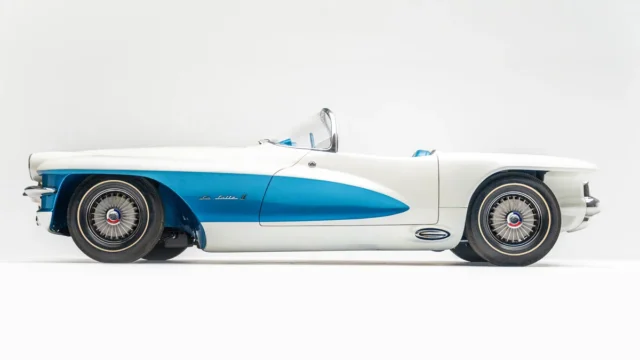
1955 Chevrolet Biscayne
Biscaynes were primarily produced for the fleet market, meaning they were purposefully utilitarian. But this concept added some interesting design accents, including the bug-eye headlights and an overall composition that would later solidify in the 1960s Chevrolet Corvair.
The interior was noted for its roominess, despite the small dimensions of the car overall.
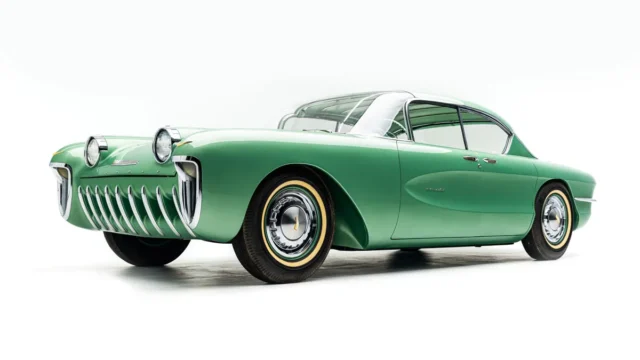
For more on these retro dream cars, see Peter Nelson’s original article at the Robb Report.

